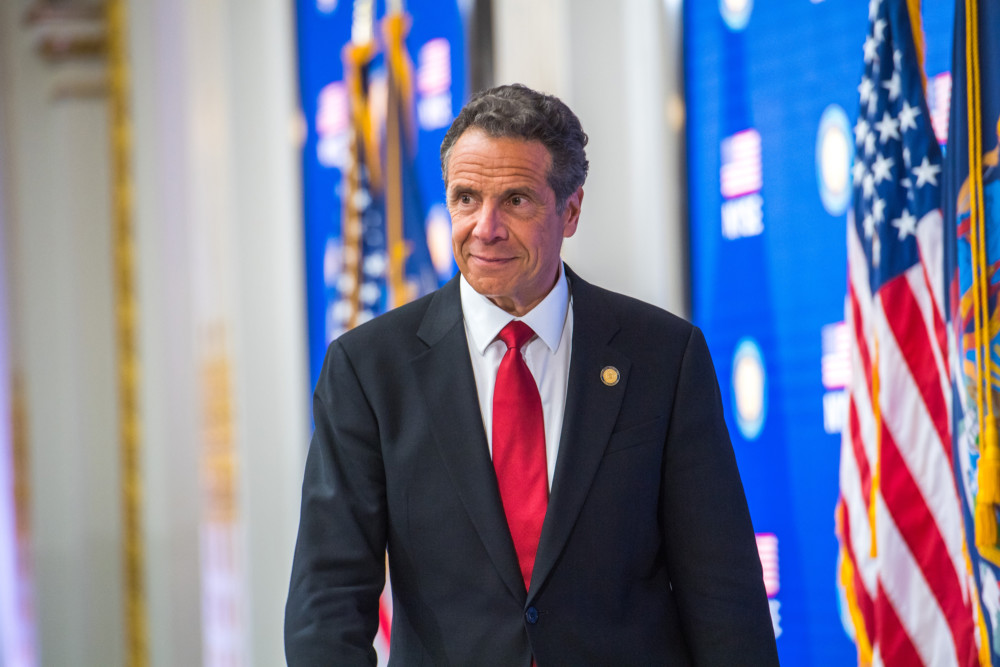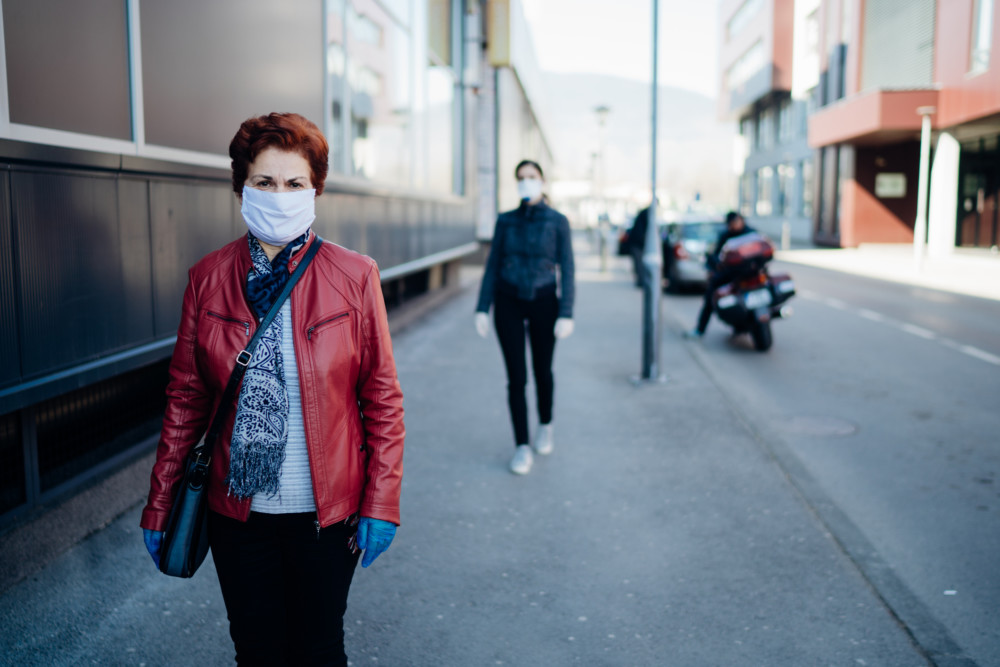By Arit John
Los Angeles Times
WWR Article Summary (tl;dr) With the ringing of the bell at the New York Stock Exchange, NY took a big symbolic first step towards reopening the economy.
Los Angeles
New York, once the epicenter of the coronavirus outbreak in America, will reopen several more counties this week as officials turn more of their attention to addressing the economic fallout of social distancing measures.
Gov. Andrew Cuomo on Tuesday rang the opening bell at the New York Stock Exchange, which had been closed for two months, and announced that the Mid-Hudson region north of New York City had started reopening and that Long Island would follow on Wednesday. New York City will remain under restrictions meant to reduce infections and deaths from COVID-19, the disease caused by the novel coronavirus.
“We’re going to turn the page on COVID-19, and we’re going to start focusing on reopening,” Cuomo said at his Tuesday morning news briefing.
The Westchester County community of New Rochelle, the site of the state’s earliest major cluster of cases, was the first part of the state to shut down.
Now it and other communities and counties in the Mid-Hudson region can bring back some businesses and industries, including delivery and curbside pickup and construction projects.
New York reported 73 new COVID-19 deaths Monday, the lowest number in two months. More than 29,200 people in the state have died of COVID-19 since March, according to Johns Hopkins University.
Nationwide, there have been more than 1.6 million confirmed cases and over 98,500 COVID-19 deaths, according to the university.
The stock exchange reopened with new social distancing guidelines. There are fewer traders on the floor and new plastic barriers. Employees must wear masks, have their temperature checked as they enter the building, and they have been encouraged not to take public transportation.
The stock market rallied Tuesday, with the S&P 500 reaching its highest level in 2 1/2 months. The Dow Jones industrial average rose more than 660 points.
Though the NYSE has resumed in-person trading, the rest of New York City is still on lockdown.
“It had the worst problem in the nation, one of the worst problems on the globe,” Cuomo said Tuesday. “So it’s the one region that’s not reopened yet, and we’re now going to focus on reopening New York City.”
Cuomo said the state is ramping up efforts to focus on specific ZIP codes, predominantly in low income and minority communities, where new cases are spiking, and on increasing the number of contact tracers in the city.
New York City Mayor Bill de Blasio said Tuesday that the city had hired more than 1,700 contact tracers, who will be trained and working by June 1. The new tracers speak a combined 40 languages, and more than 700 of them come from the parts of the city that have been hardest hit, de Blasio said.
De Blasio said he’s optimistic New York City would be able to reach Phase 1 of reopening during the first two weeks of June. “The work has to happen now to make sure than when it happens it’s done safely,” he said.
One concern as the city prepares to reopen is whether it will be safe to take the subway. De Blasio acknowledged that reopening would mean that “easily hundreds of thousands” more people will be traveling to work and potentially taking mass transit but said the city would provide details about how to prevent crowded subways cars and platforms at a later date.
Other hard hit parts of the country are continuing to ease social distancing restrictions as the number of new deaths, cases and hospitalizations maintain downward trends.
New Jersey Gov. Phil Murphy announced Tuesday that schools will be allowed to hold outdoor graduations starting July 6 with social distancing guidelines in place, and professional sports teams will be allowed to restart training and potentially competition.
New Jersey reported another 54 COVID-19 deaths on Monday, Murphy said, compared with a high of 201 deaths in a day reported the week before. A total of 11,191 people have died in the state from COVID-19 as of Tuesday morning, he said.
Rhode Island Gov. Gina Raimondo announced Tuesday that the reopening of “almost every part” of the state’s economy will begin next Monday, when the state enters its second phase. That will allow in-person dining at restaurants at up to 50% capacity, the opening of houses of worship at 25%, and social gatherings of up to 15 people.
Cuomo said Tuesday was “Page 1” in a new chapter for bringing back the state’s economy but said he doesn’t believe that the economy will just bounce back.
“We talk about the normal and the new normal. I think you’re going to see the same thing with the economy,” Cuomo said. “I don’t think it comes right back to where it was.”
He said that there will be winners and losers in the new economy, where the wealthy will come out fine but workers may continue to struggle as corporations lay off employees and small businesses permanently close.
“You’re going to see pain in this new economy,” he said.
Cuomo said the government should anticipate and start addressing that pain now, by investing in infrastructure projects. He said the state is going to accelerate projects such as renovations at LaGuardia airport and Penn Station. He said he plans to encourage President Donald Trump to boost infrastructure on a national level. The two are scheduled to meet Wednesday.
“You have an infrastructure that’s crumbling. You need to create jobs,” Cuomo said. “Let’s do it now.”
___
Distributed by Tribune Content Agency, LLC.















































































































































































































































































































































































